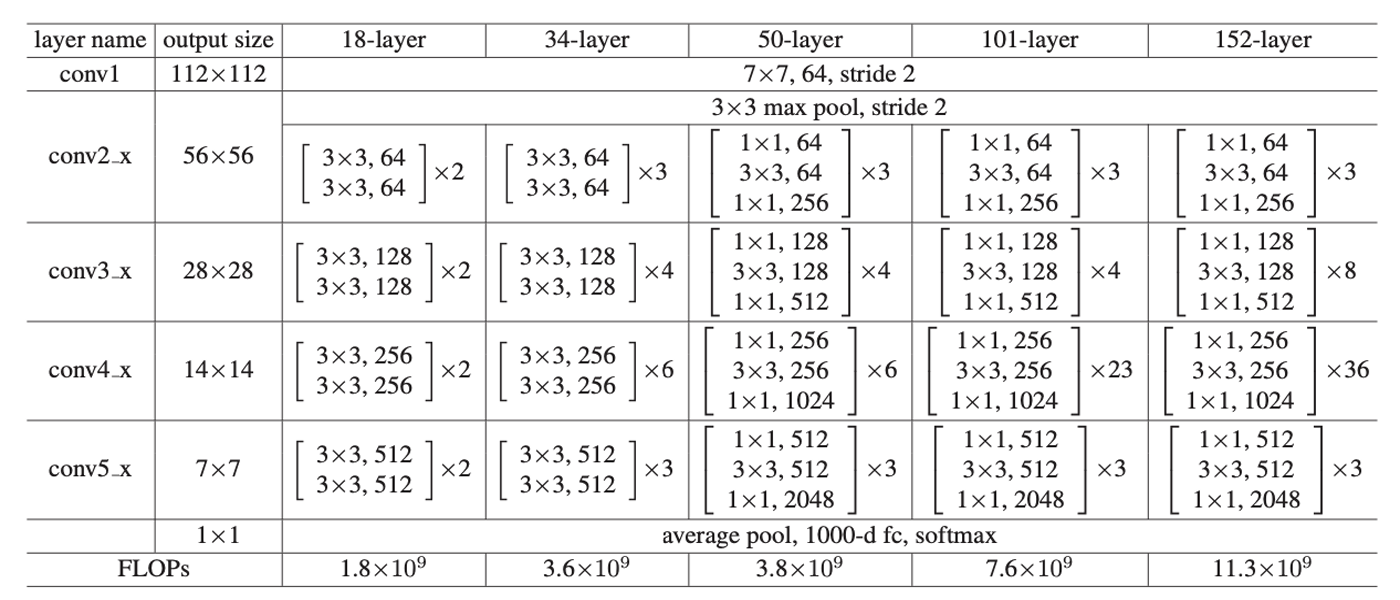ResNet[1] is used to classify images with deep residual learning. There are some details of reading and implementing it.
Contents
Paper & Code & note
Paper: [Deep Residual Learning for Image Recognition(CVPR 2016 paper)
Code: PyTorch
Note: ResNet
Paper
Abstract
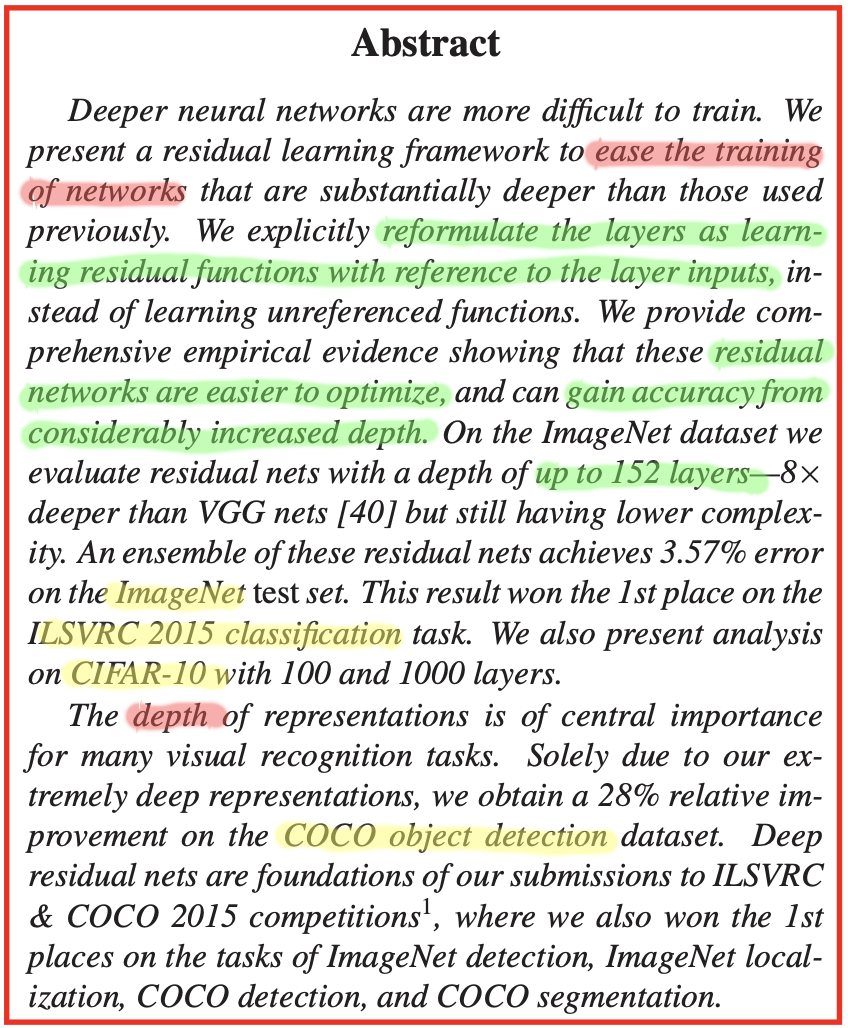
As abstract of the paper, their work mainly present a residual learning framework named ResNet, which based on the residual building block for classification and detection.
- It reformulate the layers as
learning residual functionswith reference to the layer inputs.- Residual networks are easier to
optimize, and can gainaccuracyfrom considerably increased depth.
Problem Description

Driven by the significance of depth, a question arises: Is learning better networks as easy as stacking more layers?
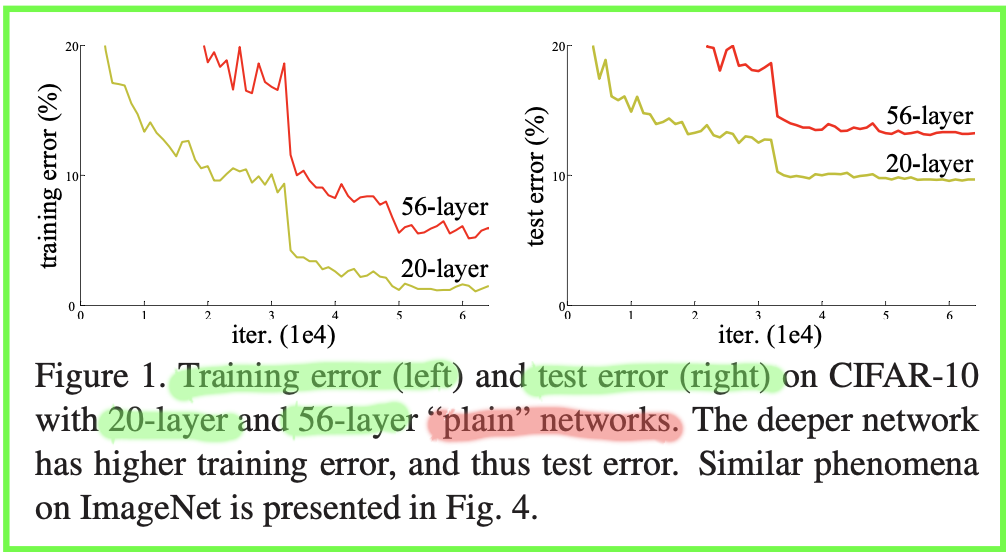
It shows
higher errorwithdeeper network.
Problem Solution

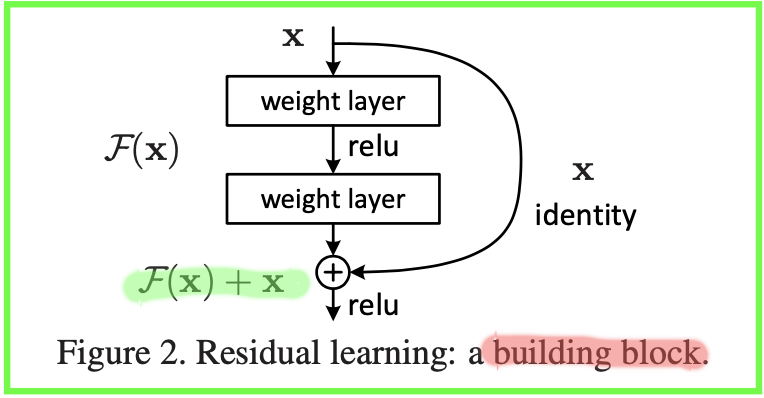
- Intuitively, the residual learning needs
less to learn, because the residual is generally smaller. Therefore, the learning difficulty is smaller.- Mathematically speaking, the gradients will not be vanished due to the
shortcut connection, that is why residual is easier to learn.
Conceptual Understanding
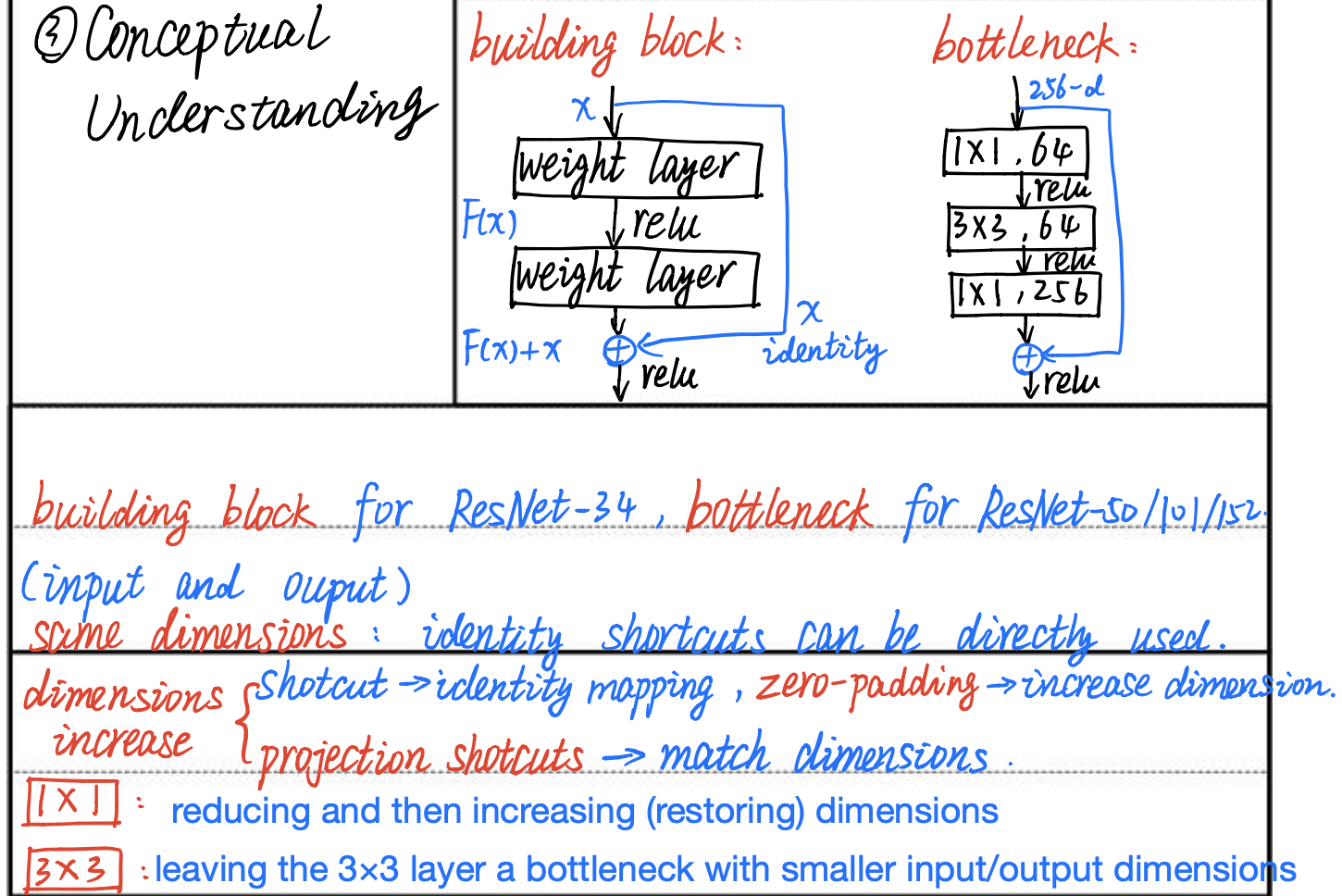
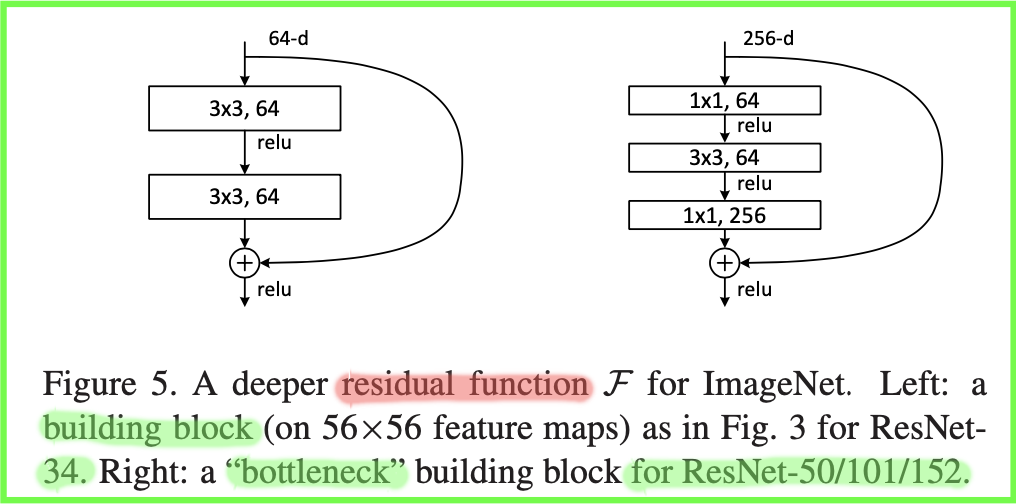
- It presents two version of building block for ResNet, including
BasicBlockandBottleneck.- It describes the choise about different dimensions, as to input and output with
same dimensionsordimensions increase.- It shows the function of
1x1and3x3convolution layers works.
Core Concept
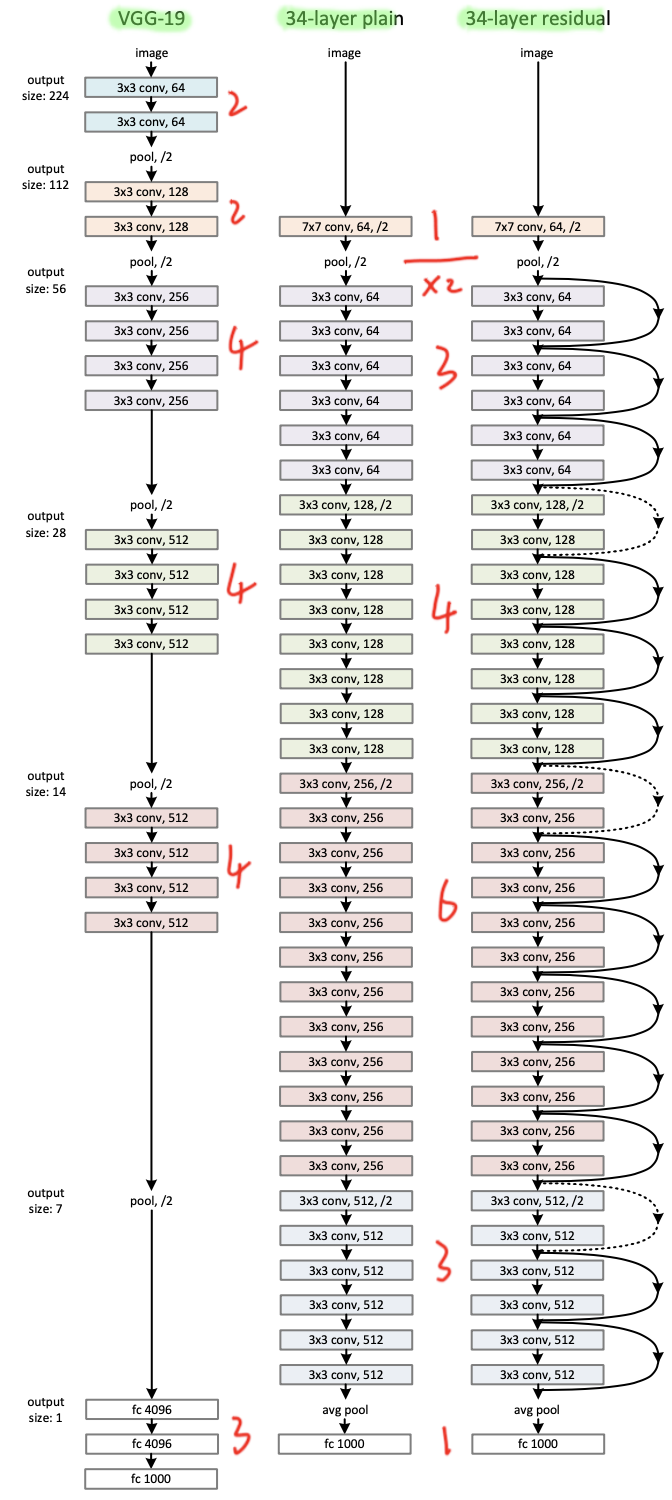
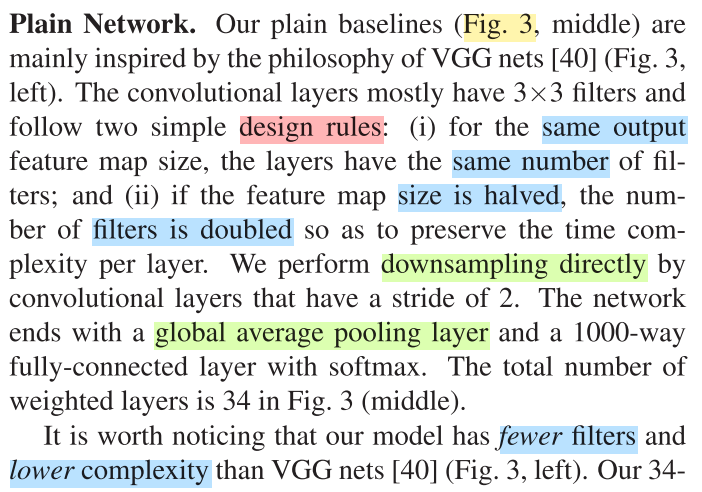
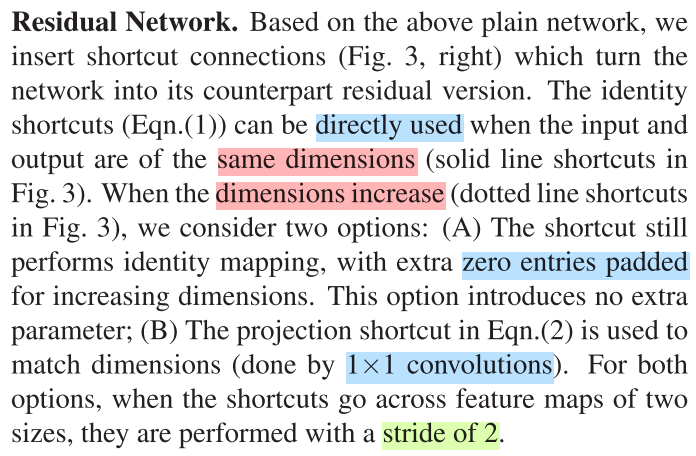
Experiments

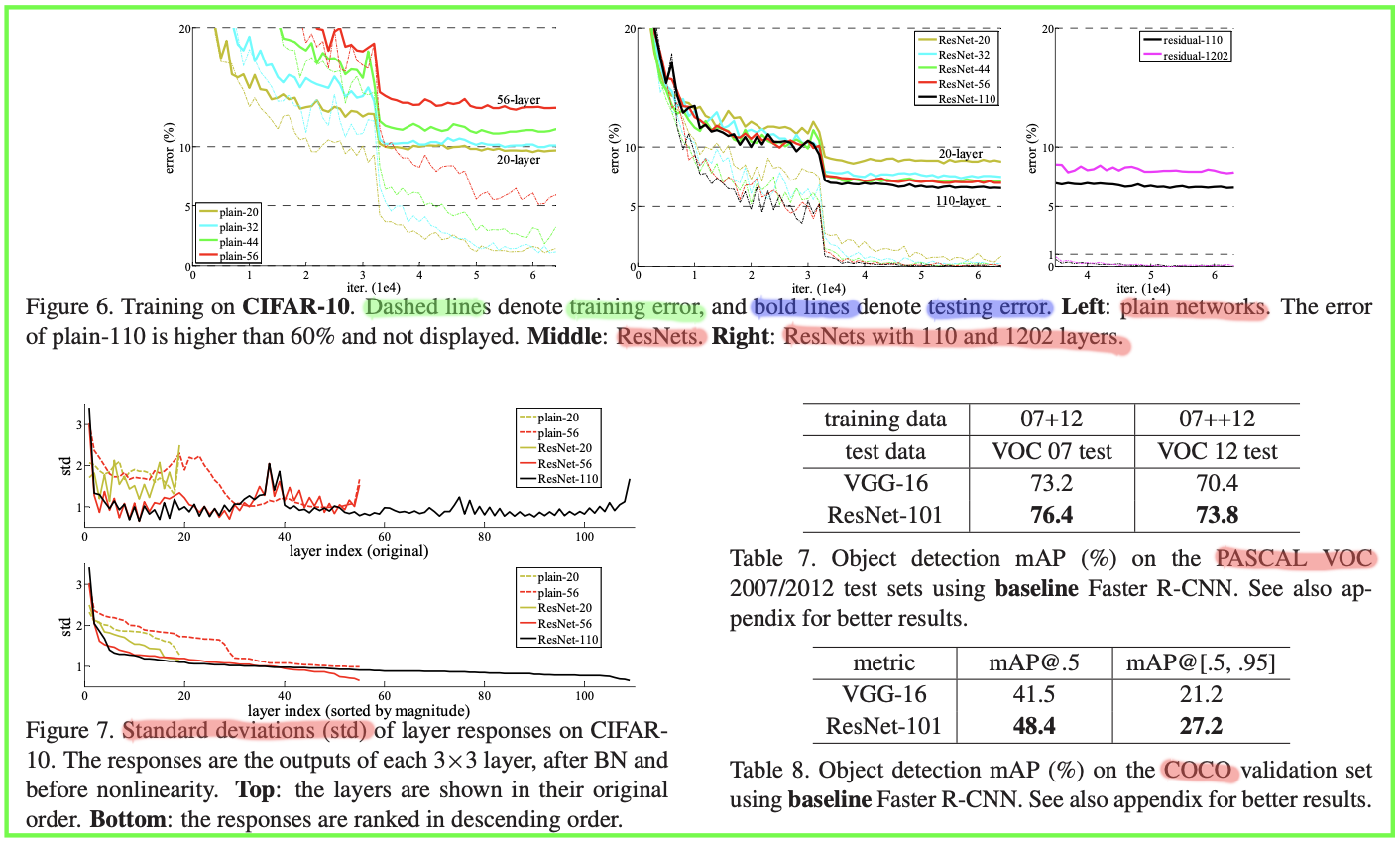
It includes image classification datasets ImageNet, CIFAR-10, and objection detection datasets PASCAL VOC, COCO.
Code
The complete code can be found in [ResNet][2].
Details of implementation
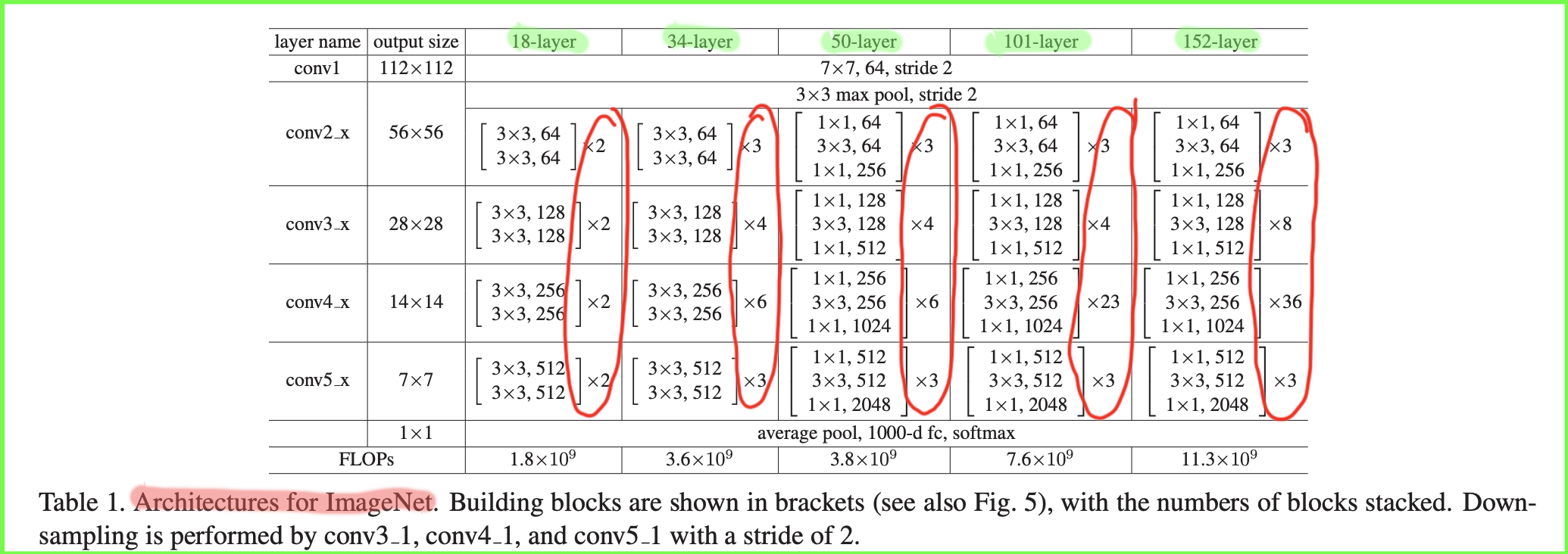
Convolution layer
def conv3x3(in_planes, out_planes, stride=1, groups=1, dilation=1): |
Building block
class BasicBlock(nn.Module): |
class Bottleneck(nn.Module): |
ResNet
class ResNet(nn.Module): |
Pretrain
def _resnet(arch, block, layers, pretrained, progress, **kwargs): |
Different layer
def resnet18(pretrained=False, progress=True, **kwargs): |
Note
More details about code implementation can be found in [3], [4].
References
[1] He, Kaiming, et al. “Deep residual learning for image recognition.” Proceedings of the IEEE conference on computer vision and pattern recognition. 2016.
[2] ResNet. https://github.com/Gojay001/DeepLearning-pwcn/tree/master/Classification/ResNet/Code
[3] Darkeyers. ResNet implementaion by Pytorch official. https://blog.csdn.net/darkeyers/article/details/90475475
[4] Little teenager. CNN model you have to know: ResNet. https://zhuanlan.zhihu.com/p/31852747
